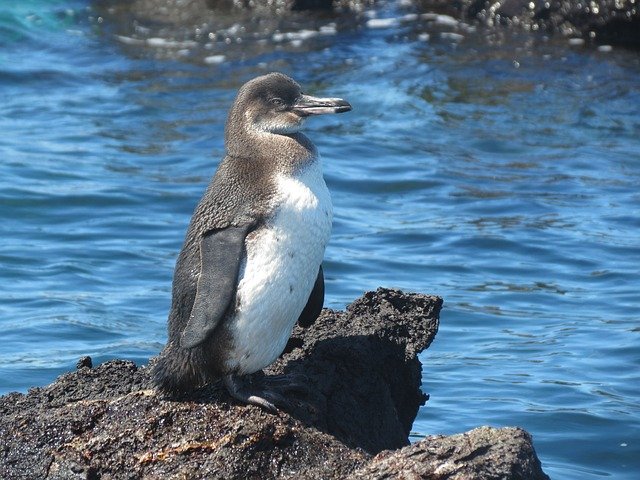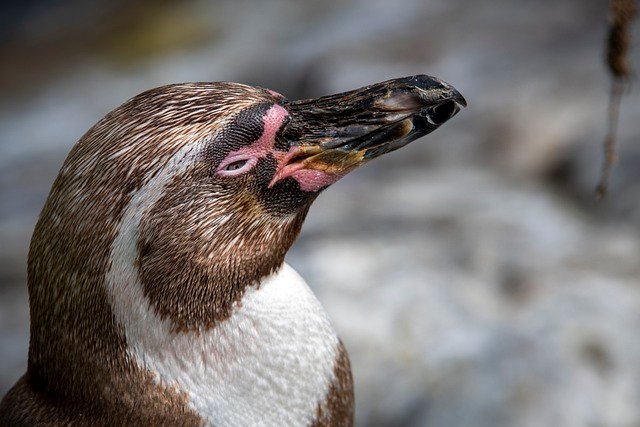**Title: "The Social Dynamics of Penguin Colonies: Insights into Their Communication and Cooperation"**

The Social Dynamics of Penguin Colonies: Insights into Their Communication and Cooperation
Penguins are fascinating creatures that not only capture our hearts with their charming waddles and tuxedo-like appearances but also intrigue researchers with their complex social structures and behaviors. In this post, we will explore the social dynamics of penguin colonies, focusing on their communication methods and cooperative behaviors.
The Importance of Communication
Penguins are highly social animals that thrive in large colonies. Communication is crucial for maintaining social bonds, coordinating activities, and ensuring the survival of the group. Here are some key aspects of their communication:
Vocalizations
Penguins are known for their diverse range of vocalizations. Each species has its own unique calls, which serve various purposes:
- Mating Calls: During the breeding season, males often produce loud calls to attract females and establish territory.
- Chick Communication: Parent penguins and their chicks use specific vocalizations to recognize each other, even in crowded colonies.
- Alarm Calls: Penguins will emit warning calls to alert others of potential predators, helping to keep the colony safe.
Body Language
In addition to vocalizations, penguins also use body language to communicate. This includes:
- Posture: A penguin’s stance can indicate aggression, submission, or readiness to mate.
- Flipper Movements: Penguins may flap their flippers or bow to one another as a form of greeting or to assert dominance.
Cooperation in Penguin Colonies
Cooperation is essential for the survival of penguin colonies, particularly during breeding and foraging. Here are some examples of how penguins work together:
Nesting and Rearing Chicks
Many penguin species, such as Emperor and Adélie penguins, exhibit cooperative breeding behaviors:
- Shared Responsibilities: Both parents take turns incubating eggs and feeding chicks, ensuring that they receive adequate care.
- Colony Nesting: Penguins often nest in close proximity to one another, which provides safety in numbers from predators.
Foraging Strategies
When it comes to foraging for food, penguins demonstrate remarkable teamwork:
- Group Hunting: Some species, like the Gentoo penguin, hunt in groups to increase their chances of catching fish. They may work together to herd schools of fish into tighter formations.
- Information Sharing: Penguins often signal to one another when they find a good foraging spot, enhancing the efficiency of food gathering.
Conclusion
The social dynamics of penguin colonies are a testament to the complexity of animal behavior. Through their intricate communication methods and cooperative strategies, penguins not only survive but thrive in their harsh environments. Understanding these dynamics not only enriches our knowledge of these remarkable birds but also highlights the importance of social structures in the animal kingdom.
Further Reading
For those interested in diving deeper into the world of penguins, consider exploring the following resources:
- Books: "Penguins: A Natural History" by T. J. McIntyre
- Documentaries: "March of the Penguins" directed by Luc Jacquet
- Research Articles: Various studies published in journals like Animal Behaviour and The Journal of Avian Biology
Stay tuned for more insights into the captivating lives of penguins and other fascinating wildlife!
